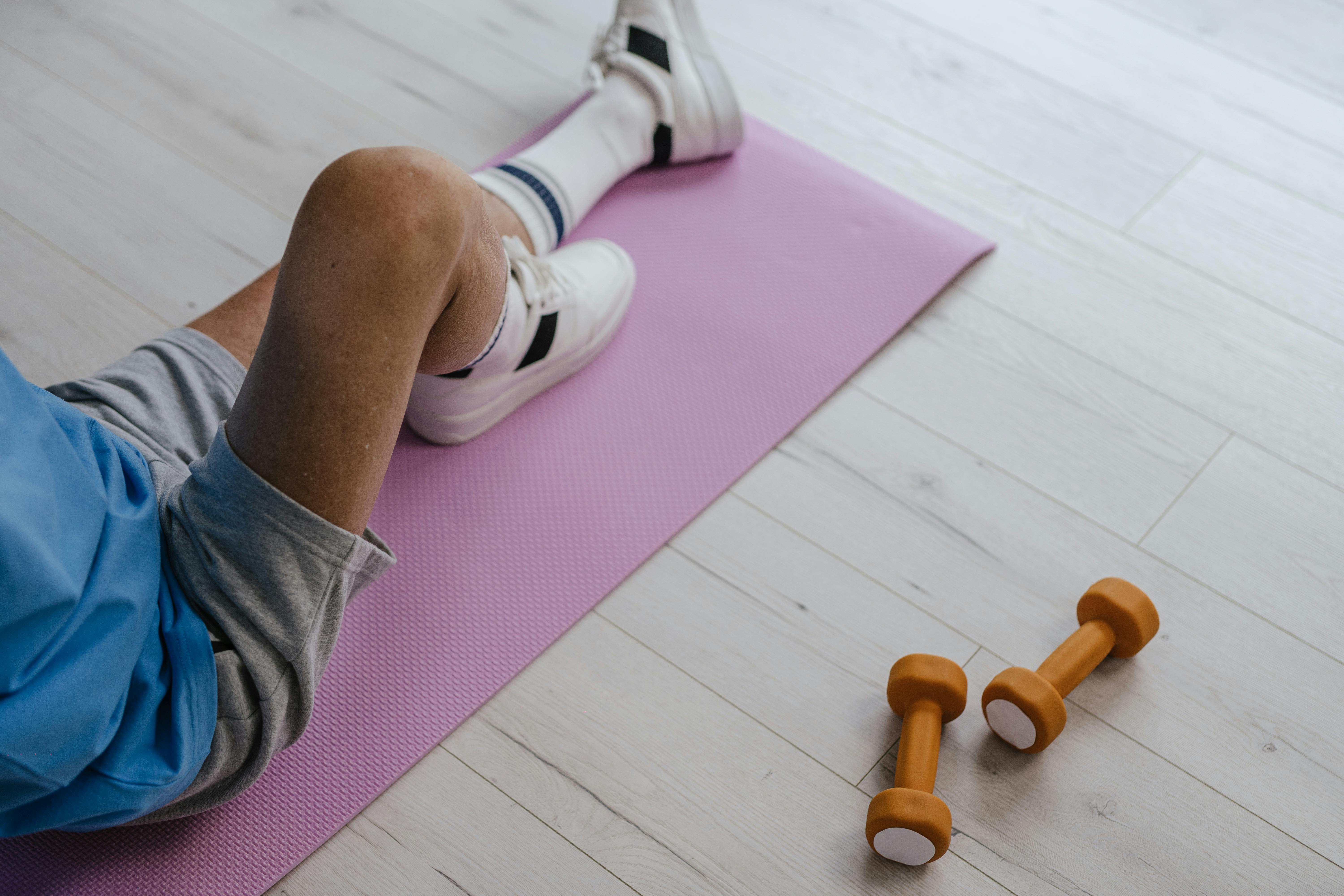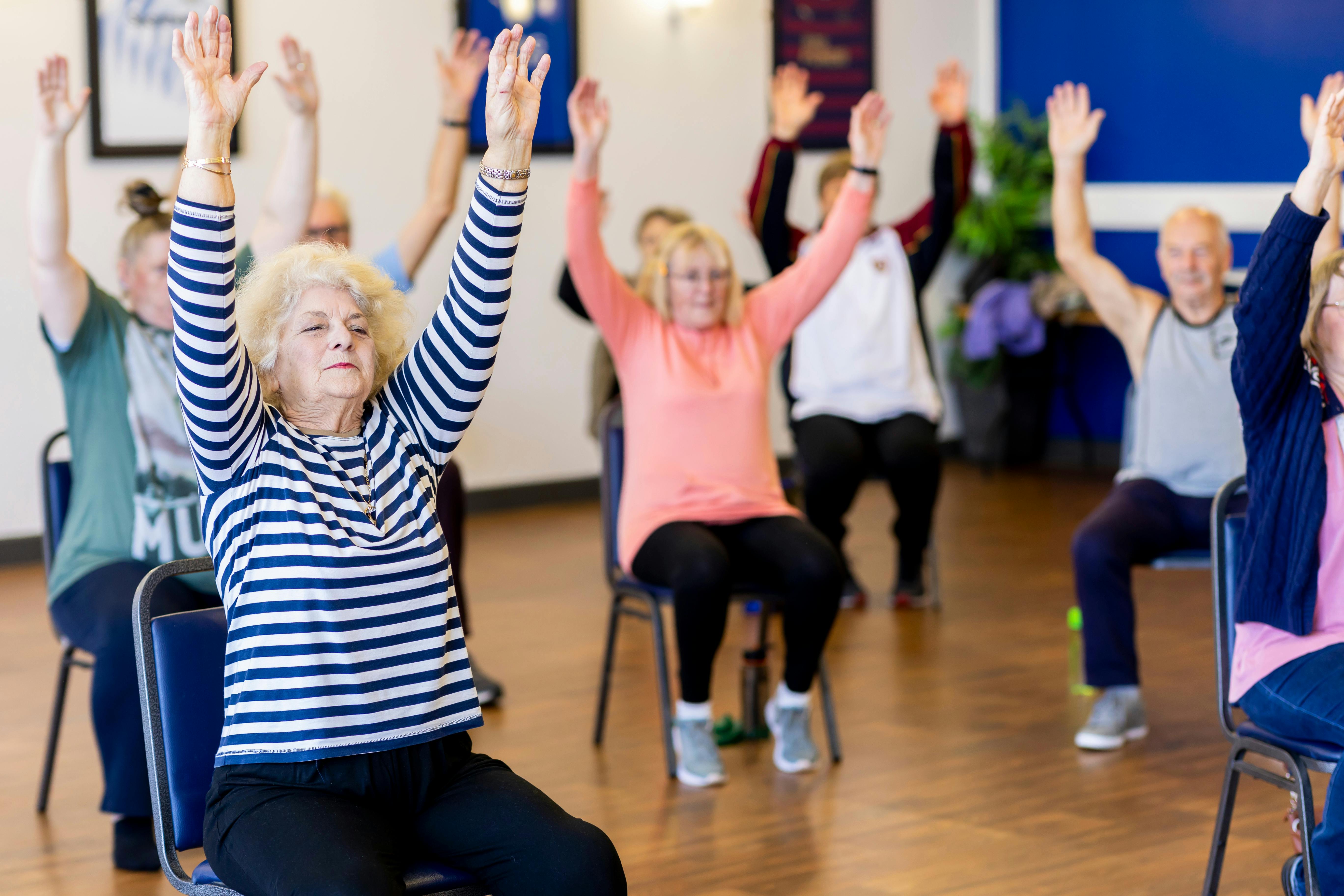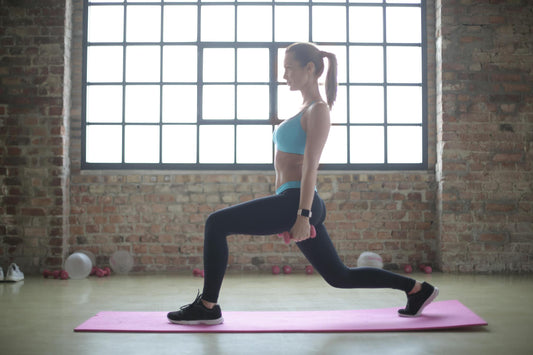
We’ve all heard the importance of staying active to live longer and healthier lives. Regular physical activity improves cardiovascular health, reduces the risk of chronic diseases like type 2 diabetes, and even boosts mental well-being, as outlined in the Physical Activity Guidelines for Americans. But what about flexibility? Could something as simple as how far you can stretch your arms or bend over influence how long you’ll live? A groundbreaking study from Brazil suggests it just might.
Let’s dive into this fascinating topic, exploring why flexibility matters, how it impacts longevity, and most importantly, how you can incorporate flexibility exercises into your daily routine to reap these benefits.
Why Flexibility Matters
Before we get into the nitty-gritty of the study, let's first understand what flexibility really means. Simply put, flexibility refers to the range of motion in your joints and the ability of your muscles and connective tissues to stretch without injury. It’s not just about being able to touch your toes—it’s about maintaining smooth, pain-free movement throughout your body.
Good flexibility is essential for everyday activities. For instance, if you have tight hamstrings, you might experience discomfort in your thighs or lower back. This stiffness can limit your mobility, making simple tasks like bending down to pick up an object more challenging than they should be. Over time, reduced flexibility can contribute to chronic pain and even increase the risk of injuries.

Centre for Ageing Better // Pexels
But here’s where things get interesting: flexibility isn’t just about avoiding discomfort. Recent research suggests that it may also play a role in determining how long you live.
The Study That Changed Everything
In a study led by Dr. Claudio Gil S. Araújo at the Exercise Medicine Clinic (CLINIMEX) in Rio de Janeiro, researchers set out to investigate whether flexibility could impact longevity, as highlighted in their findings published in the CLINIMEX Cohort. They analyzed data from over 3,000 middle-aged individuals aged 46–65 years old, collected over nearly three decades. Here’s a closer look at how the study was conducted:
Participants
- Number: 3,139 participants
- Gender Distribution: 66% men, 34% women
- Age Range: 46–65 years at the start of the study
- Duration: March 1994 to February 2023
- Follow-Up Period: Average of 12.9 years
Methodology
Participants underwent a comprehensive assessment during their initial exam, which included measurements of BMI, vital signs, and any pre-existing health conditions. One of the key components of the evaluation was the Flexitest, a unique test designed to measure flexibility across 20 different joint movements.
Each movement was scored on a scale of 0 to 4, with higher scores indicating greater flexibility. These individual scores were then combined to create a Flexindex, ranging from 0 to 80. A higher Flexindex score meant better overall flexibility.
The Flexitest examined various aspects of flexibility, such as:
- How far participants could extend their elbows
- Their trunk flexion (ability to bend forward)
- Shoulder rotation capabilities
By tracking participants’ Flexindex scores alongside mortality rates over the follow-up period, the researchers aimed to uncover any potential links between flexibility and longevity.
What Did the Researchers Find?
After analyzing the extensive dataset, the results were striking. People with higher Flexindex scores—indicating better flexibility—had significantly better survival rates compared to those with lower scores. Specifically:
- Women with higher Flexindex scores had a 35% higher average score than men.
- Women with lower Flexindex scores were 4.78 times more likely to die compared to those with higher scores.
- Men with lower Flexindex scores faced a 1.87 times higher risk of death compared to their more flexible counterparts.
These findings suggest a clear correlation between flexibility and longevity, especially among women. While the exact mechanisms behind this relationship aren’t fully understood yet, one theory is that flexibility reflects overall physical fitness and health. In other words, people who maintain good flexibility are likely engaging in regular exercise and adopting healthier lifestyles, both of which contribute to a longer life.
Real-World Implications
So, what does this mean for you? Should you start doing yoga every day? Well, yes—but there’s more to it than that. Let’s break it down into actionable steps:
- Start Stretching Daily: Even a short 10–15 minute routine targeting key areas like your neck, shoulders, hips, and legs can make a big difference. Consistency is key here; aim to stretch at least once a day.
- Incorporate Yoga or Pilates: Both yoga and Pilates focus heavily on improving flexibility while also strengthening core muscles and enhancing balance. If you’re new to either practice, consider starting with beginner-friendly classes or online tutorials.
- Address Gender Differences: Interestingly, the study found significant gender disparities in flexibility levels, with women scoring much higher on average than men. Encouraging men to prioritize flexibility training could help close this gap.
- Make Flexibility Part of Your Annual Check-Up: As noted by the authors of the study, incorporating flexibility assessments like the Flexitest into routine medical evaluations could provide valuable insights into a patient’s overall health. If your doctor doesn’t already check your flexibility, don’t hesitate to bring it up during your next visit.
Expert Opinions
To further explore the implications of this study, we reached out to experts in the field of health and fitness.
Ryan Glatt, CPT, NBC-HWC, senior brain health coach, and director of the FitBrain Program at Pacific Neuroscience Institute, emphasized the importance of flexibility but acknowledged the need for further research, as discussed in his recent interview:
"The study suggests a connection between flexibility and longevity, with women showing a 35% higher Flexindex than men, and an inverse relationship between Flexindex and mortality risk," explained Glatt. "Although the Flexindex is a promising tool, it’s not yet proven enough to be a standard part of health assessments, and more rigorous studies are needed to confirm its significance."
Glatt also pointed out that gender differences could have influenced the study’s outcomes, given the majority of participants were men. He added that while incorporating flexibility exercises into routines seems reasonable, particularly for older adults, the true impact on survival remains uncertain.
Chris McDermott, MSN, APRN-IP, a Certified Life Care Planner, echoed similar sentiments:
"Improving flexibility can make everyday activities easier and help prevent injuries. It also plays a role in maintaining joint health and reducing stiffness," McDermott said. "Staying flexible is important for health and longevity, so adding stretches to your daily routine makes sense."
McDermott recommended specific stretches to target common problem areas, including:
- Hamstring Stretches: Sit on the edge of a chair with one leg extended straight out in front of you. Gently lean forward until you feel a stretch in the back of your thigh.
- Chest Openers: Stand in a doorway with your hands placed on the doorframe at shoulder height. Step forward slightly to stretch your chest and shoulders.
- Hip Flexor Stretches: Kneel on one knee with the opposite foot planted firmly in front of you. Lean forward gently to stretch the hip flexors of the kneeling leg.
Practical Tips for Beginners
If you’re new to stretching or flexibility exercises, here are some tips to help you get started:
- Warm Up First: Before diving into static stretches, spend a few minutes warming up with light cardio, such as walking or jumping jacks. This prepares your muscles for deeper stretches.
- Focus on Breathing: Deep, controlled breathing helps relax your muscles and enhances the effectiveness of each stretch. Inhale deeply through your nose, then exhale slowly through your mouth as you deepen the stretch.
- Hold Each Stretch for 15–30 Seconds: Avoid bouncing or forcing yourself too far into a stretch, as this can cause injury. Instead, hold each position steadily and breathe deeply.
- Listen to Your Body: Everyone’s flexibility level is different, so don’t compare yourself to others. Pay attention to how your body feels and stop if you experience pain.
- Be Consistent: Like any form of exercise, flexibility improvements come with consistent effort. Aim to stretch regularly, ideally daily, to see noticeable progress over time.
Beyond Flexibility: Holistic Health
While the study highlights the importance of flexibility, it’s crucial to remember that no single factor determines overall health and longevity. A balanced approach that includes cardiovascular exercise, strength training, proper nutrition, and adequate rest is essential for living a long, fulfilling life.
For example, combining flexibility exercises with activities like walking, cycling, or swimming can enhance cardiovascular health. Similarly, incorporating strength training sessions twice a week can improve muscle tone and bone density, reducing the risk of falls and fractures as you age.




